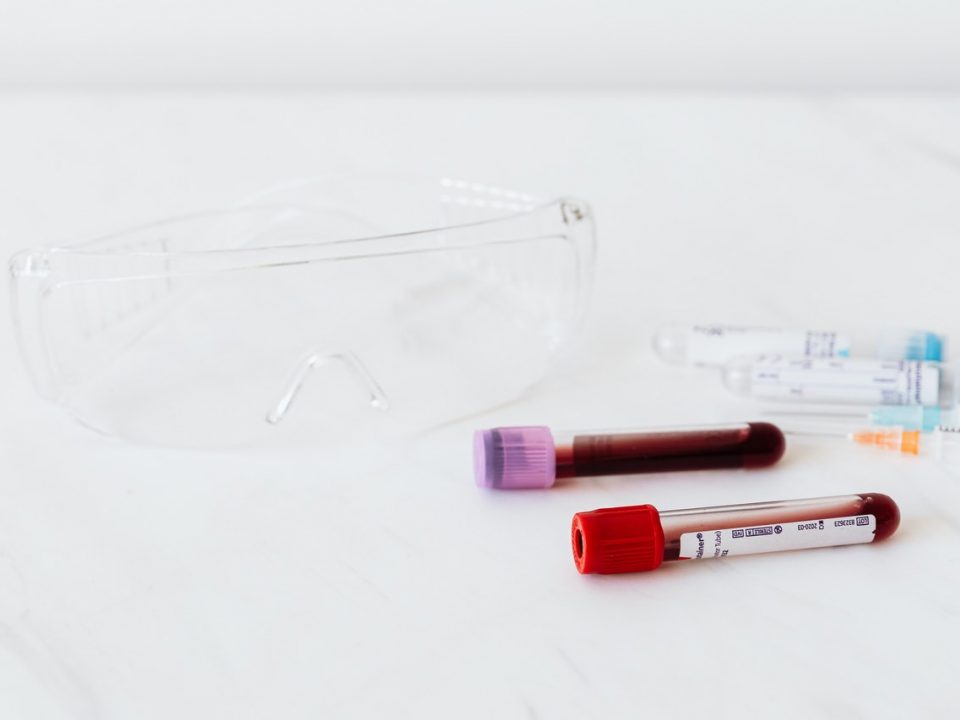Post-Surgery Healing Technology Launches in the UK
Breast Augmentation: Saline Implants vs Silicone Implants
Follicular Unit Transplant (FUT) is gaining popularity for men looking to overcome their baldness.
By the age of 50 around 40 percent of men will have some baldness and this can have large impacts on the self esteem. However just 20 percent of them are said to actually take measures to help stop the loss.
One of the biggest factors in male hair loss is genetic. The amount of hair that is lost and the time it takes to lose the hair will vary from person to person. Another cause of hair loss is dihydrotestosterone (DHT). If too much of this hormone is produced the follicles on the top of the head can shrink and die causing hair loss. Other hair loss reasons include stress, thyroid problems and iron deficiency.
Hair transplants have been around for a while however in the past, a hair transplant normally involved taking plugs of follicles and grafting them into the hairless area in a noticeable grid pattern giving a ‘dolls hair’ type look. Hair transplants today can look a lot more natural.
There are two main types of FUT operation. The first is strip harvesting where a very thin strip of hairs, complete with hair follicles, is cut from the back of side of the head. This is then split into thousands of tiny sections containing just two or three hairs. Each of these sections is the grafted into tiny slits in the bald area. The donor area is such a thin strip that it is easily covered by the remaining hair and should not be noticeable.
Normally around 100 hairs per square centimetre are grafted in. Because of the high density nature of the hairs and the number of grafts required, one session normally takes up to nine hours to complete although the length of the procedure will depend on how much work is being done. The cost for FUT will also vary although a guideline price is around $8,000 – $15,000. There is little bleeding associated with this type of hair transplant so no dressings are needed and the patient can go home directly after the procedure.
It should be noted that the effects will not be immediate the hairs will fall out from the newly transplanted site. However over time, the follicles will grow new hairs.
The second type of FUT is known as Follicular Unit Extraction (FUE). FUE uses special equipment to pluck two or three hair follicles at a time. These follicles are then transplanted in the manner described above. FUE is very labour intensive therefore it usually only used when the patient only has a small bald patch they wish to cover. For larger areas, a number of sessions may be needed. The overall cost for FUE tends to be higher than for strip harvesting hair transplants.
Both strip harvesting and FUE are performed under local anaesthetic. Most people are suitable for this form of hair transplant surgery however the hair loss should have stopped before undergoing this form of surgery otherwise the newly transplanted site may suffer from further hair loss and therefore the patient may end up with patchy hair coverage. For those who are totally bald, this form of hair transplant surgery is not suitable as the patient must have some healthy follicles present.
For those who think hair transplant surgery is not for them, there are alternatives. The two main drugs for treating baldness are Finasteride and Minoxidil.
Finasteride (sometimes seed as Propecia) prevents the formation of DHT in the scalp and is only available on prescription. Around half of the men who take it will see hair regrowth, and most of the rest will see the hairloss stop. Regrowth takes up to nine months to start. Finasteride should not be used by women as it has been found to cause birth defets.
Minoxidil (sometimes seen as Rogaine or Regaine) is an over-the-counter drug. Minoxidil comes in a gel, foam or liquid that is rubbed into the scalp for 40 minutes before being washed out. Around 85% of men see hair regrowth. It is not fully understood how the product stimulates hair growth however it is believed that it is because it helps dilate blood vessels. It is thought to be safe for women to use.





